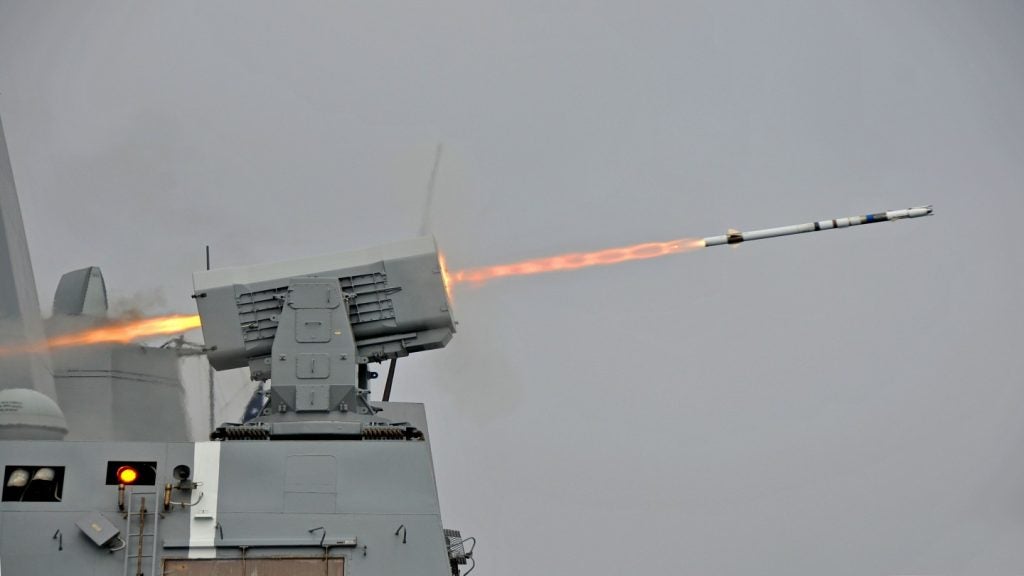The Russian Navy’s second of six Project 636 Varshavyanka-class diesel-electric submarines, Rostov-on-Don, will be floated out by a St Petersburg-based shipyard in May.
According to RIA Novosti, the Rostov-on-Don’s construction began at the Admiralty shipyard in November 2011, while the submarine is scheduled to be delivered to the Russia’s Black Sea Fleet in the next two years.
Novorossiisk, the first boat of the class is scheduled to commence dock trials on 1 February, while construction of third submarine, Stary Oskol, began in August 2012.
Construction of the fourth submarine, the Krasnodar, is due to begin on 20 February, the shipyard said.
According to the Russian Navy, all Varshavyanka-class submarines will be deployed by 2016 at the Novorossiisk naval base.
The Varshavyanka-class (Project 636), an improved version of the Kilo-class submarines, features advanced stealth technology, extended combat range and provides the ability to strike land, surface and underwater targets.
Designed for anti-shipping and anti-submarine missions in relatively shallow waters, the submarines can cruise underwater at a speed of 20k and has a cruising range of 400 miles.
Capable of accommodating a crew of 52, the submarines can patrol for 45 days and are armed with 18 torpedoes and eight surface-to-air missiles.
Featuring low-noise, advanced hull architecture and an optimal level of control process automation, the submarines provide high-reliability and require low-maintenance.
Having first entered into service in the early 1980s, the Russian Kilo-class submarines were designed by the Rubin Central Maritime Design Bureau.









